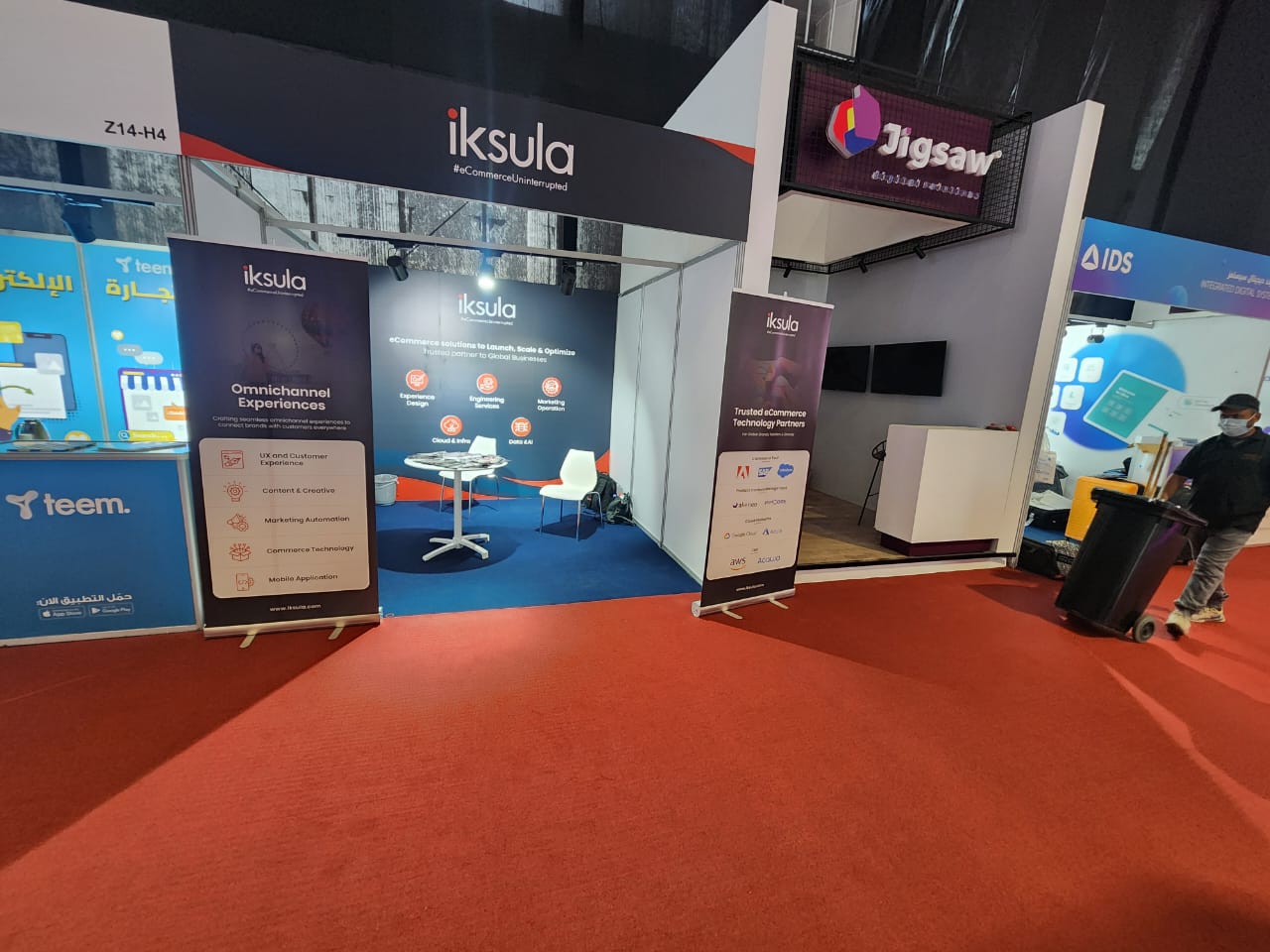Selecting an appropriate platform is essential for a business in the ever-evolving landscape of eCommerce. Businesses nowadays must find answers to complex problems that are both scalable and flexible enough to change with the needs of the market. Let’s evaluate the factors that can assist you in locating the perfect fit as we delve into the complex world of enterprise-grade B2C solutions.
Recognizing the Roadblocks
Businesses face numerous obstacles when attempting to navigate the complex web of annual license costs, revenue-sharing structures, regular upgrades, and the requirement for scalable, agile platforms with cost-effective support teams.
The Search for the Ideal Platform
Finding the ideal fit often involves narrowing down a vast array of possibilities to the handful that most closely match your requirements.
Key Criteria for Evaluation
- Total Global Implementation & Resource Availability: The platform’s worldwide reach as well as the availability of skilled resources for both installation and continuous maintenance.
- Platform Capability: Evaluation of features essential to company operations, including B2B and B2C interactions.
- Licensing Structure & Tech Base: Distinguish between open-source and licensed platforms, coupled with an understanding of the underlying technology.
- Partner Network & Implementation Complexity: This region analyzes the complexity of platform implementation as well as the strength of the related partner network.
- Front-end Options, Integration Capability, & Running Costs: Evaluating how flexible the platform is with regard to various front-end technologies, as well as its capacity to integrate and how much it costs overall to operate.
The Elite Seven – A Comparative Overview based on Technical, eCommerce & Operational Parameters
Seven platforms stand out as the top choices among the many that are available: Shopify, BigCommerce, OROCommerce, Adobe Commerce Cloud, Salesforce Commerce Cloud, VTEX and KIBO. Now let’s explore a thorough comparison across significant parameters:
- Adobe Commerce Cloud: With over 100K installations globally and an outstanding track record of successful implementations, Adobe Commerce Cloud is an effective platform with a large community and an assortment of skilled resources. Through licensed GMV sharing, this remarkable platform offers extensive B2B, B2C, and B2B2C functions. Its PHP-based architecture lays the groundwork for a highly customizable and low implementation complexity. Its basic and customized themes are the main focus of its UI/UX in order to support several buyer journey touchpoints. It allows for connections with other services and has robust integration capabilities with default GraphQL APIs. It also facilitates multi-site/multi-country operations, provides multilingual support, and allows B2B and B2C activities on the same platform. The platform’s minimal operational costs make it an affordable choice for businesses trying to expand.
- Salesforce Commerce Cloud: Salesforce Commerce Cloud is similar to Adobe in terms of community support and resource availability, having over 10K global implementations. With a Java tech backbone and a licensed GMV sharing mechanism, it offers strong B2B, B2C, and B2B2C features. Its UI/UX comprises customizable default themes that cover key components of the buyer journey, such as the home page, PLP, PDP, cart and checkout, payment etc. The ability to integrate is dependent on default REST APIs, which facilitates communication with other systems. SFCC is notable for its strong B2C features, however it lacks multi-site/multi-country support and does not natively handle B2B functionality. Its enormous potential could be offset by a rather difficult installation and expensive running expenses.
- VTEX: Despite being more recent, VTEX is a well-known player in the market with just about 8K installations. Its Java tech core and subscription-based business model provide comprehensive B2B, B2C, and OMS features. Its UI/UX architecture comprises default and custom themes for essential buyer journey stages. Integration features make use of default REST APIs, however they are not entirely transparent. It should be noted that although VTEX supports OMS, B2B, and B2C functions, multi-site/multi-country functionality is absent. The platform’s expanding community and extremely intricate implementation, however, present challenges and necessitate the availability of skilled workers with VTEX expertise.
- Big Commerce: BigCommerce offers flexibility for B2B and B2C businesses and has an amazing 45K+ global presence. With a PHP technology foundation and a subscription-based model, it satisfies a range of business needs. Among the buyer journey elements covered by its UI/UX are adjustable default themes for the home page, PLP, PDP, cart and checkout, payment, account administration (orders, refunds, profile), and promotions. Although there are only open APIs available, its integration potential is constrained. It allows multi-site/multi-country operations and offers B2B and B2C functions on a single platform. Its limitations in terms of resource availability and integration capabilities, however, might make highly customized systems difficult.
- OROCommerce: With less than 1K installations, OROCommerce is an open-source PHP platform that provides both B2B and B2C functionalities. Themes and custom designs for the home page, PLP, PDP, cart and checkout, payment, account administration and promotions are all included in the UI/UX. Its poor integration capacity, however, stems from its reliance on open APIs. OROCommerce does not support many sites or countries, but it does support B2B and B2C. Despite its affordability and low operational expenses, its small community and limited partner network may provide challenges in complex implementations.
- KIBO: With less than 1K installs, KIBO is a SaaS-based model that utilizes Python tech architecture. Because of its focus on OMS, subscription commerce, and B2B and B2C capabilities, it has a significant implementation complexity. Custom designs are included in its UI/UX for among the phases of the buyer experience. With open APIs available, KIBO’s integration potential is constrained. It lacks multi-site/multi-country capabilities but does handle B2B and B2C. However, a lack of partners and revenue could restrict its ability to thrive.
- Shopify: Shopify has an impressive 4M+ installations, a large community, and an extensive network of skilled resources. Its SaaS-based solution and Liquid (Ruby) tech foundation make it ideal for startups as they guarantee cheap operating expenses and ease of usage.Default market themes and custom designs for each stage of the buyer journey are part of its UI/UX. With open APIs, though, its integration potential is constrained. Shopify meets multilingual requirements and allows multi-site/multi-country operations, but its primary focus is on B2C functions. But with its limited customization options and primary B2C focus, it might not be suitable for advanced business needs.
Conclusion
Every platform has a distinct set of advantages and is designed to meet particular business requirements. Choosing a suitable platform becomes a strategic decision that impacts growth and adaptability as businesses traverse the complexity of eCommerce. The best choice is the one that aligns with your business goals and ensures long-term success and scalability, not necessarily the most popular or feature-rich option.








































